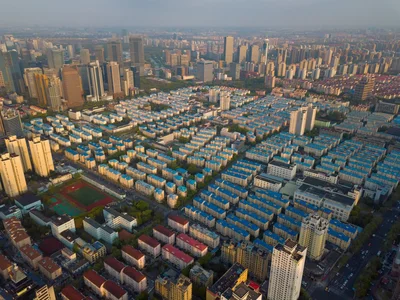
China will Launch “Silver Trains”. What are They For?
The Chinese government has announced the launch of a network of “silver trains” by 2027. These trains will be specially equipped to ensure a comfortable travel experience for elderly passengers across the country. The initiative is part of a broader “silver economy” program, aimed primarily at encouraging retirees to participate in domestic tourism.
What is the “Silver Economy” in China?
It is important to note that this is not an exclusively Chinese phenomenon — similar policies regarding the elderly exist in Japan and the European Union. However, China only unveiled its official silver economy plan in 2024.
Named after the color of gray hair, the silver economy represents an entire economic sector targeting elderly consumers. This includes not only services but also specialized products, such as adaptive clothing and age-friendly food products. The range of services is equally extensive, encompassing areas such as education and tourism, tailored specifically to meet the needs of older individuals.
Prerequisites for the Introduction of the “Silver Economy” in China
After World War II, China experienced a demographic boom—between 1949 and 1979, the population surged from 540 million to 969 million. Authorities feared that such rapid population growth would lead to resource shortages, job scarcity, and ultimately, unemployment, famine, and shortages of essential goods.
To control population growth, China introduced the one-child policy, which remained in effect for 35 years. While this successfully slowed the rate of population increase, it also led to a gradual rise in the average age of the population. As a result, the country began facing challenges such as declining labor productivity, slower economic growth, and rising social welfare costs.
Concerns about China’s aging population intensified after 2021, when the slowdown in economic growth — caused by the trade war with the U.S. and a downturn in the real estate sector — became more pronounced. According to government data, by 2022, 20% of China’s population was over the age of 60, and their economic activity contributed around 10% of the country’s GDP. By 2050, the elderly population is expected to reach 35%, while the contribution of the silver economy to GDP is projected to grow to 30%, making it one of the key drivers of China’s future economic development.
Author
I write informative articles about real estate, investments, job opportunities, taxes, etc.























